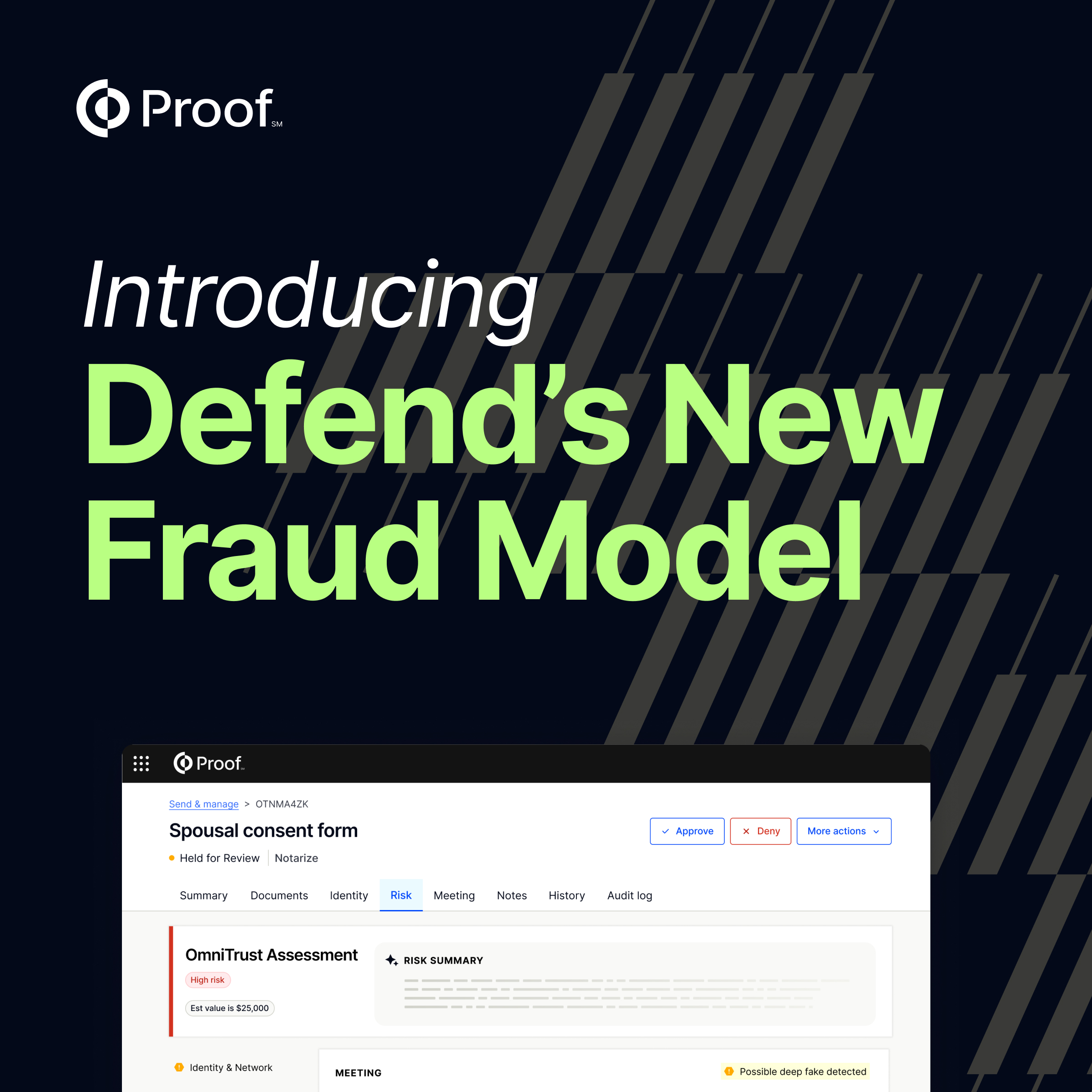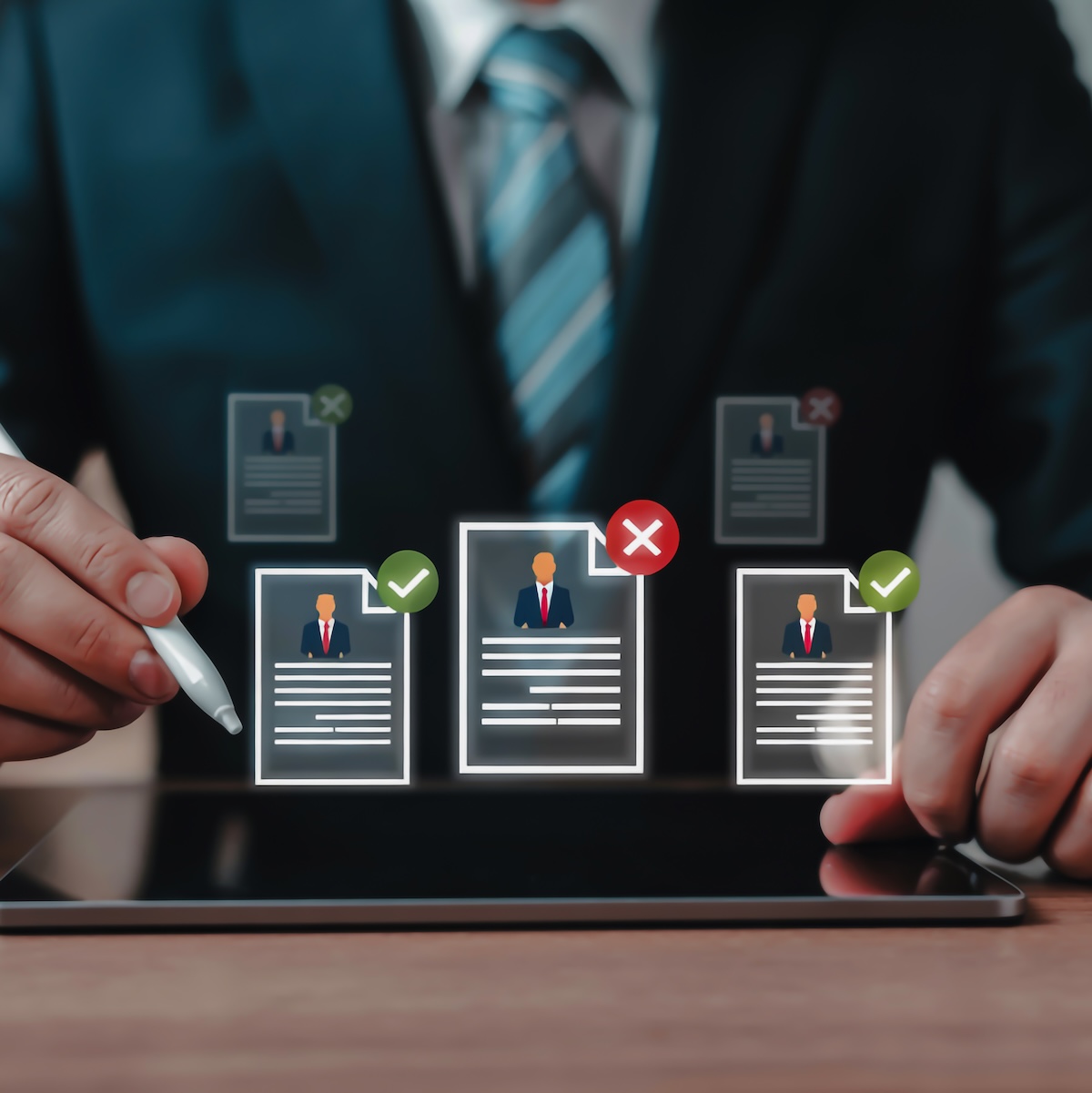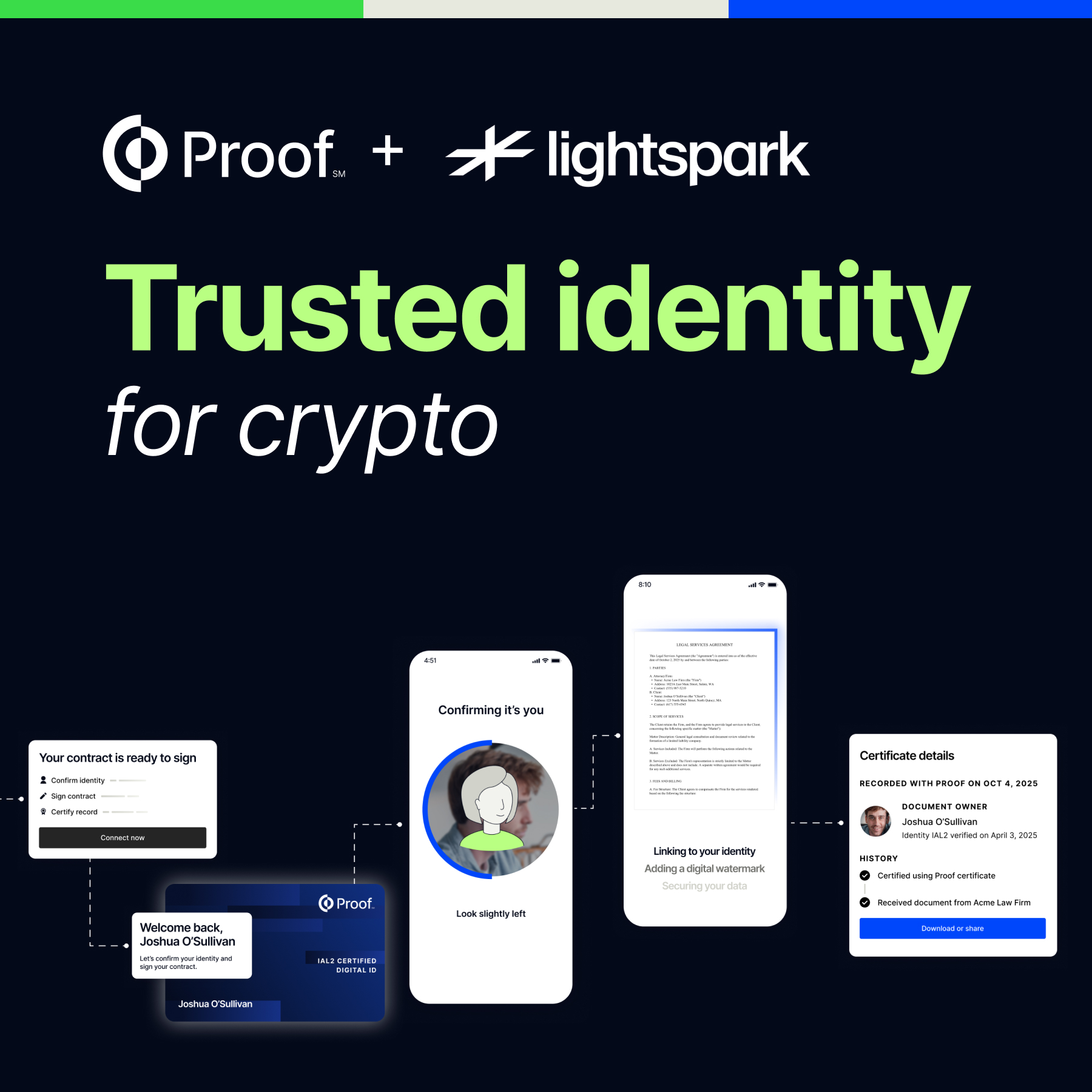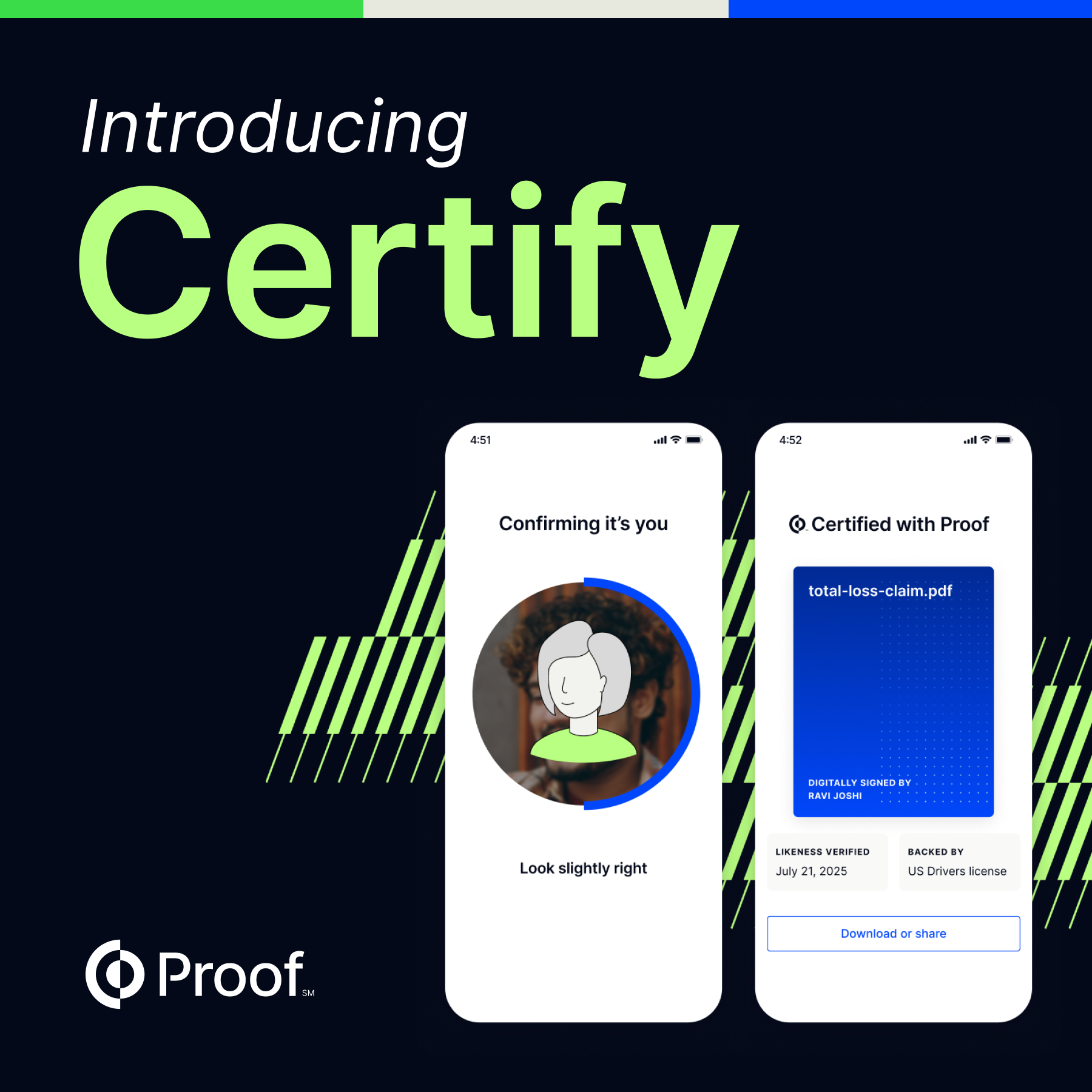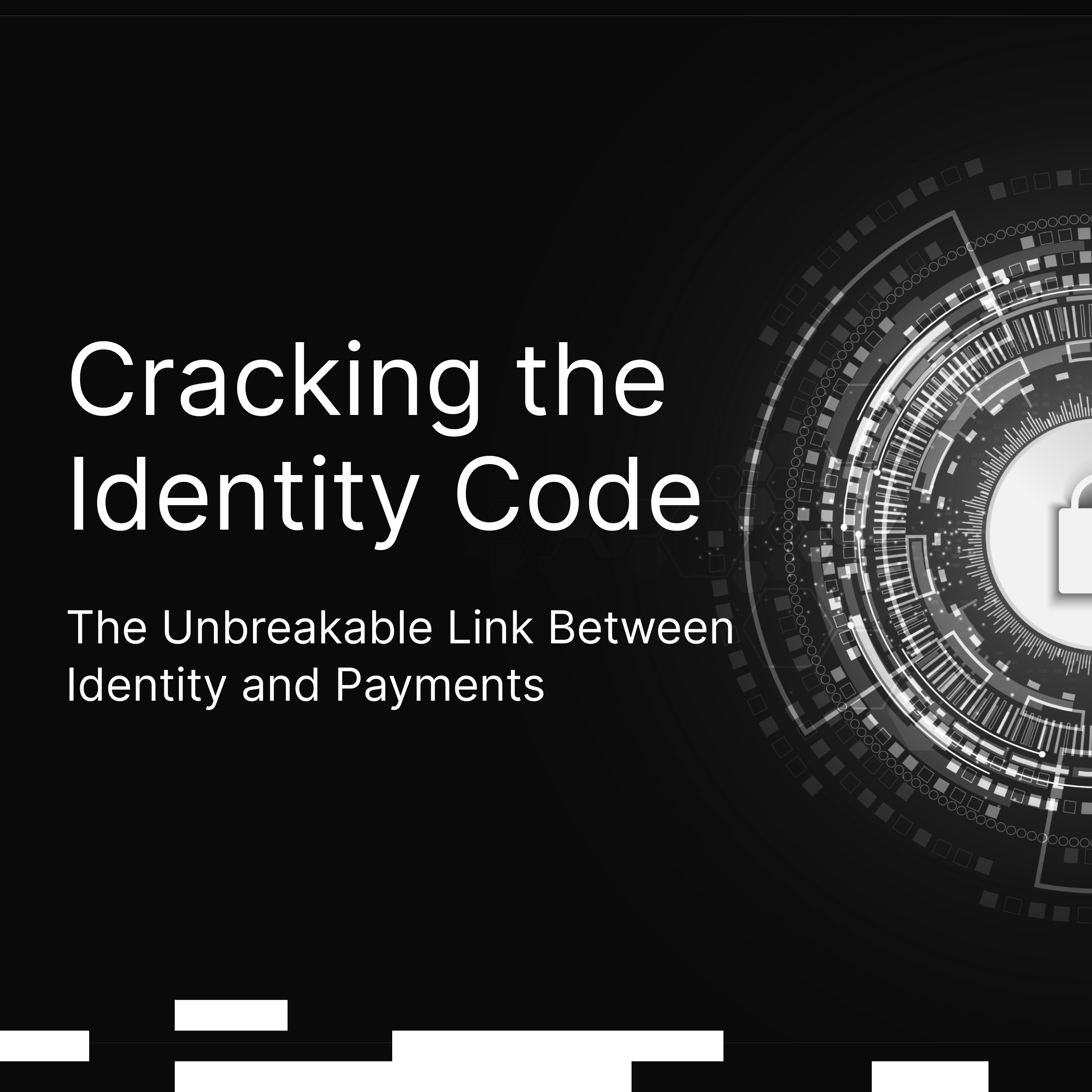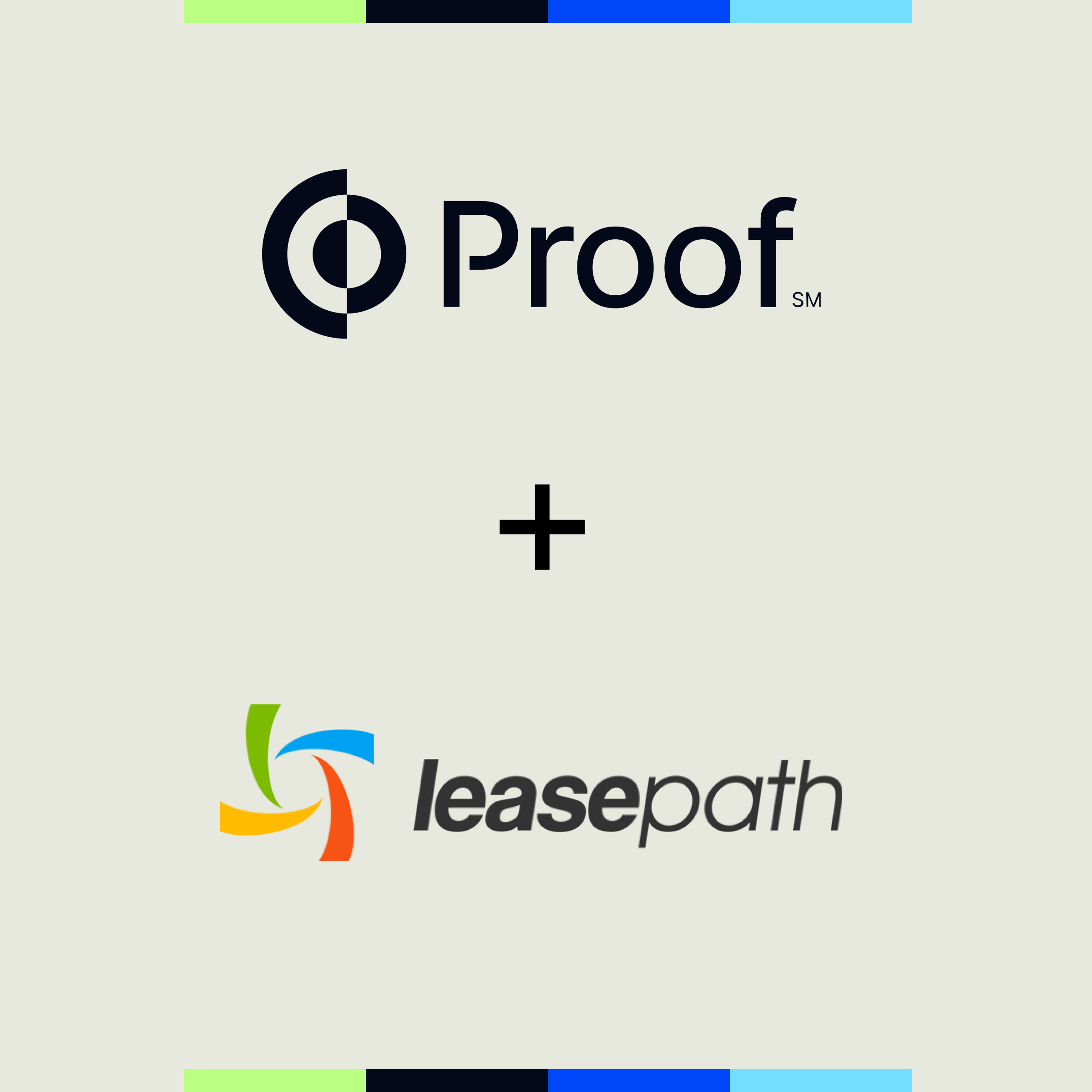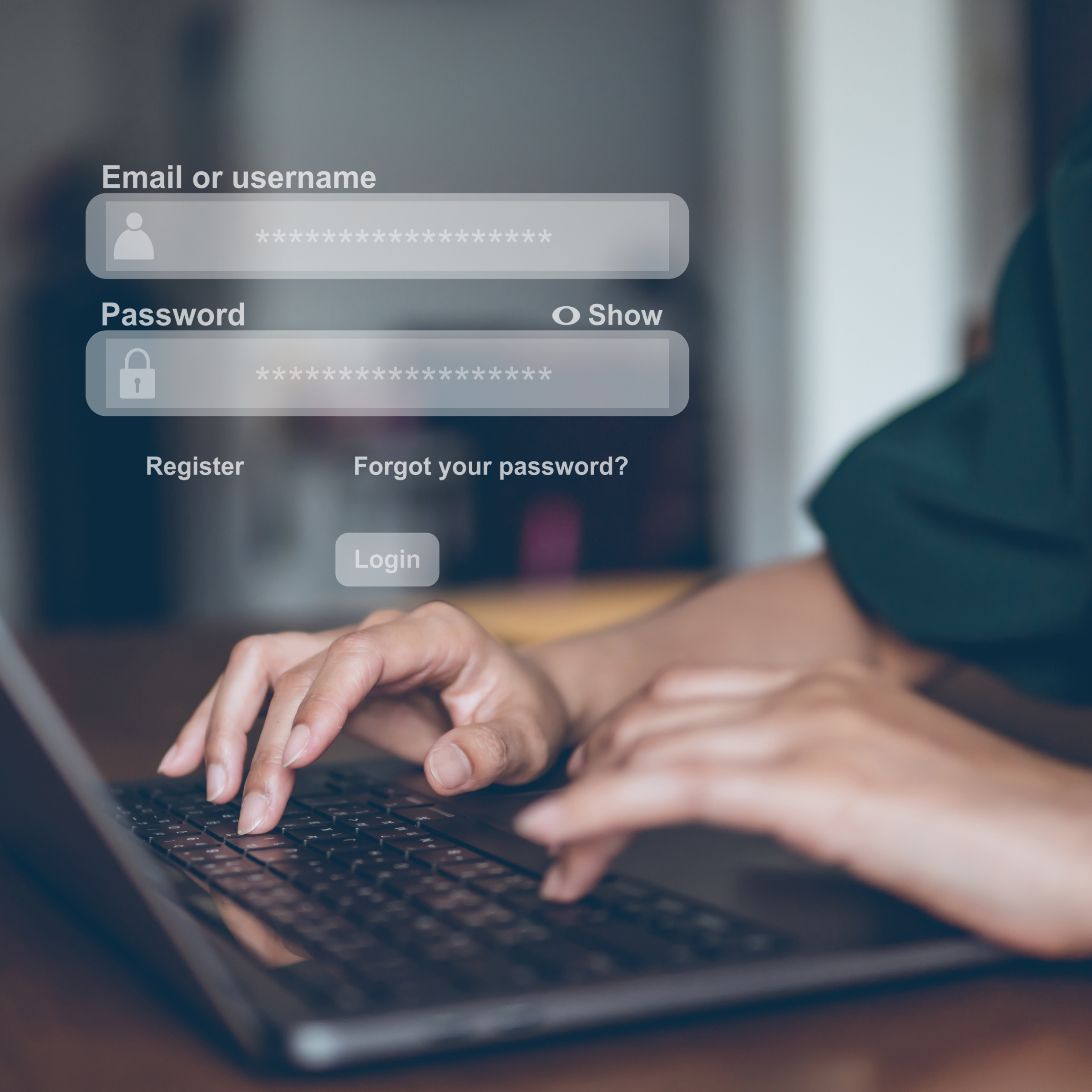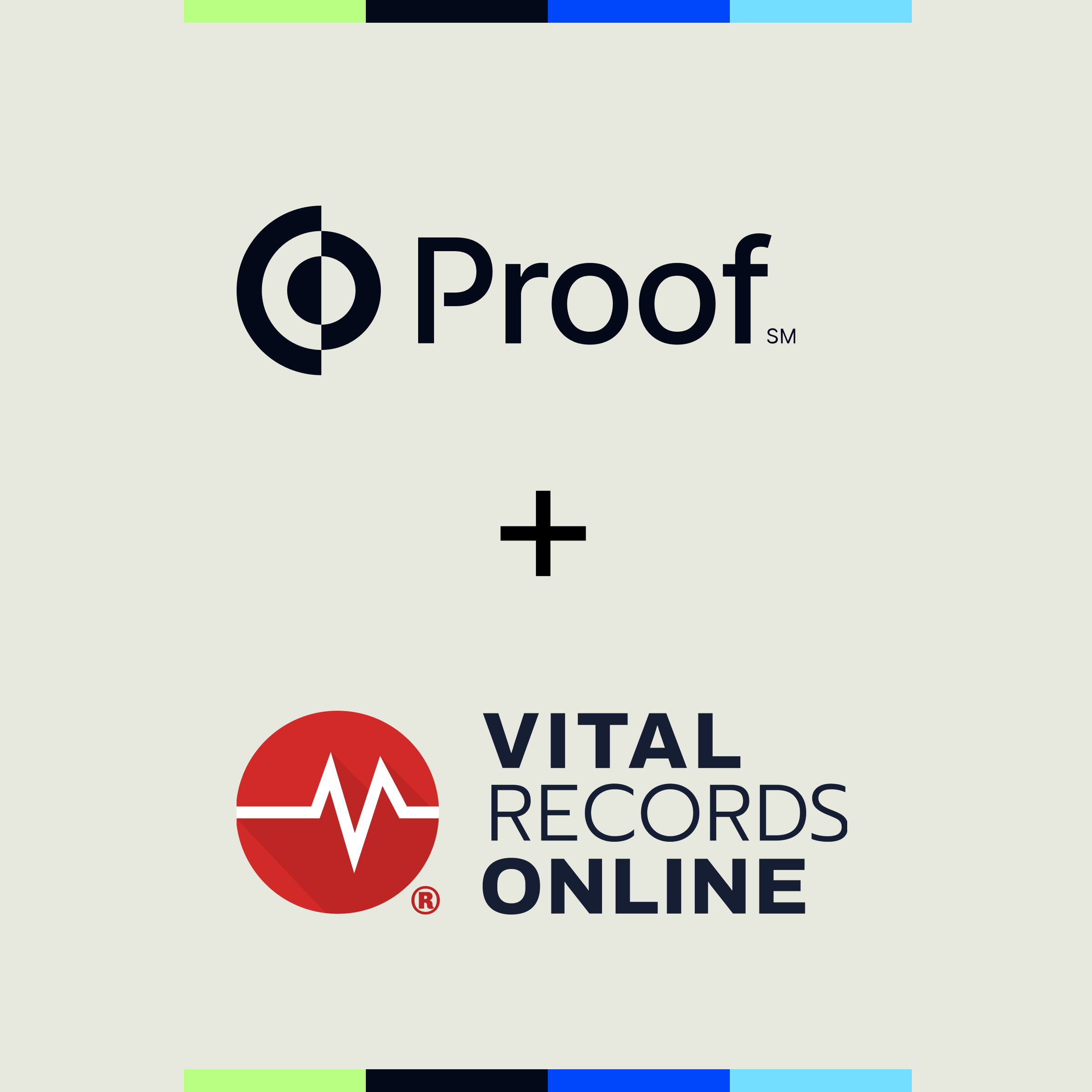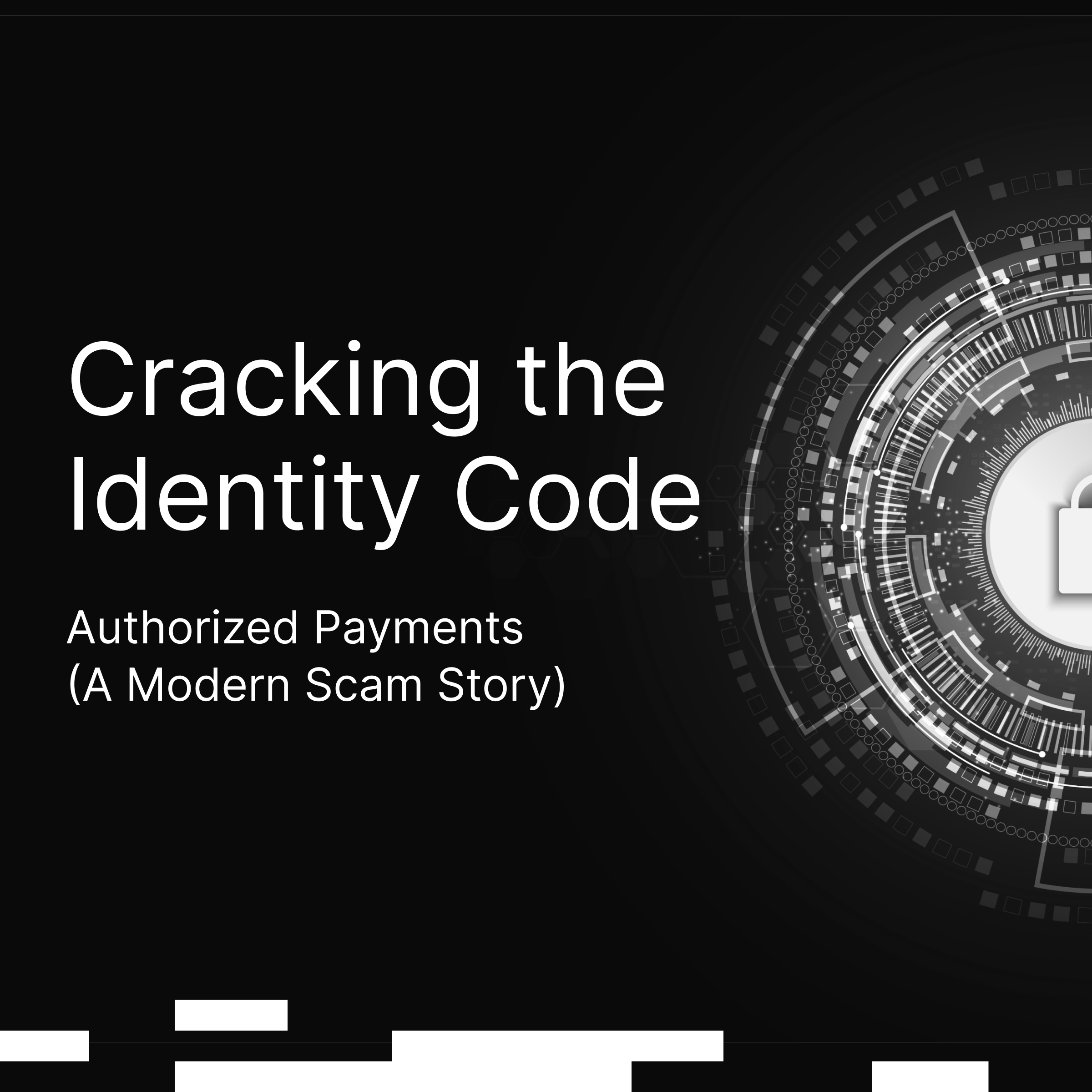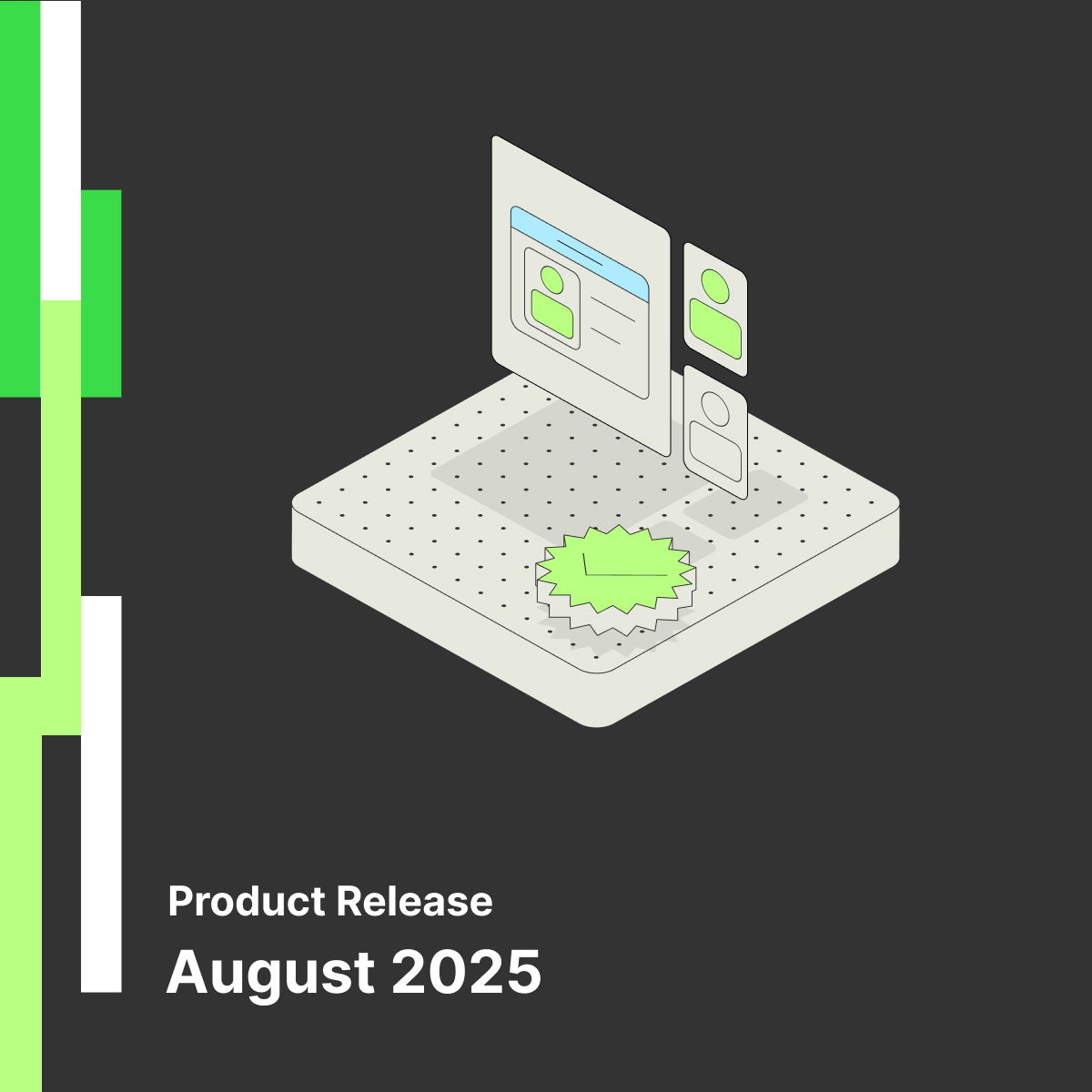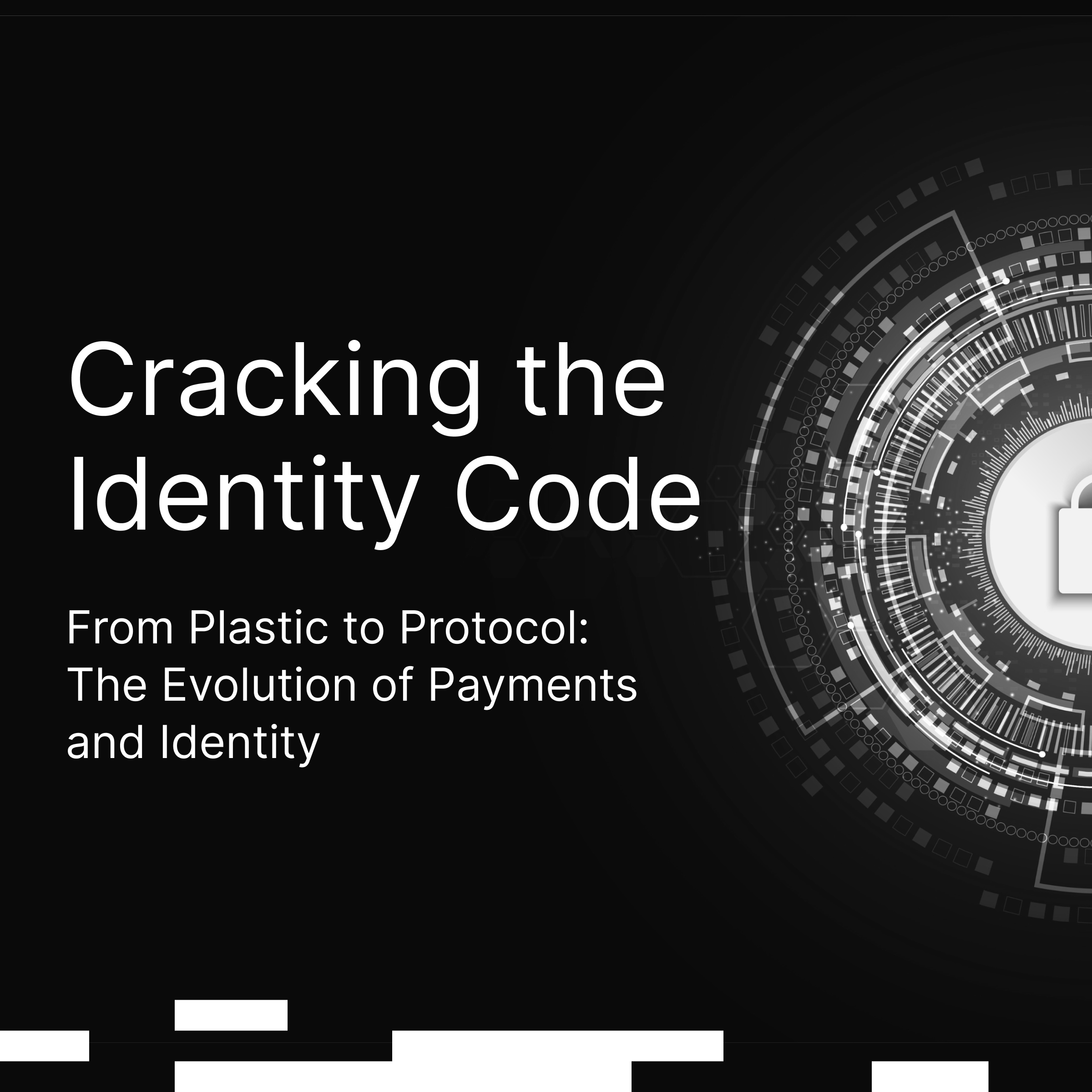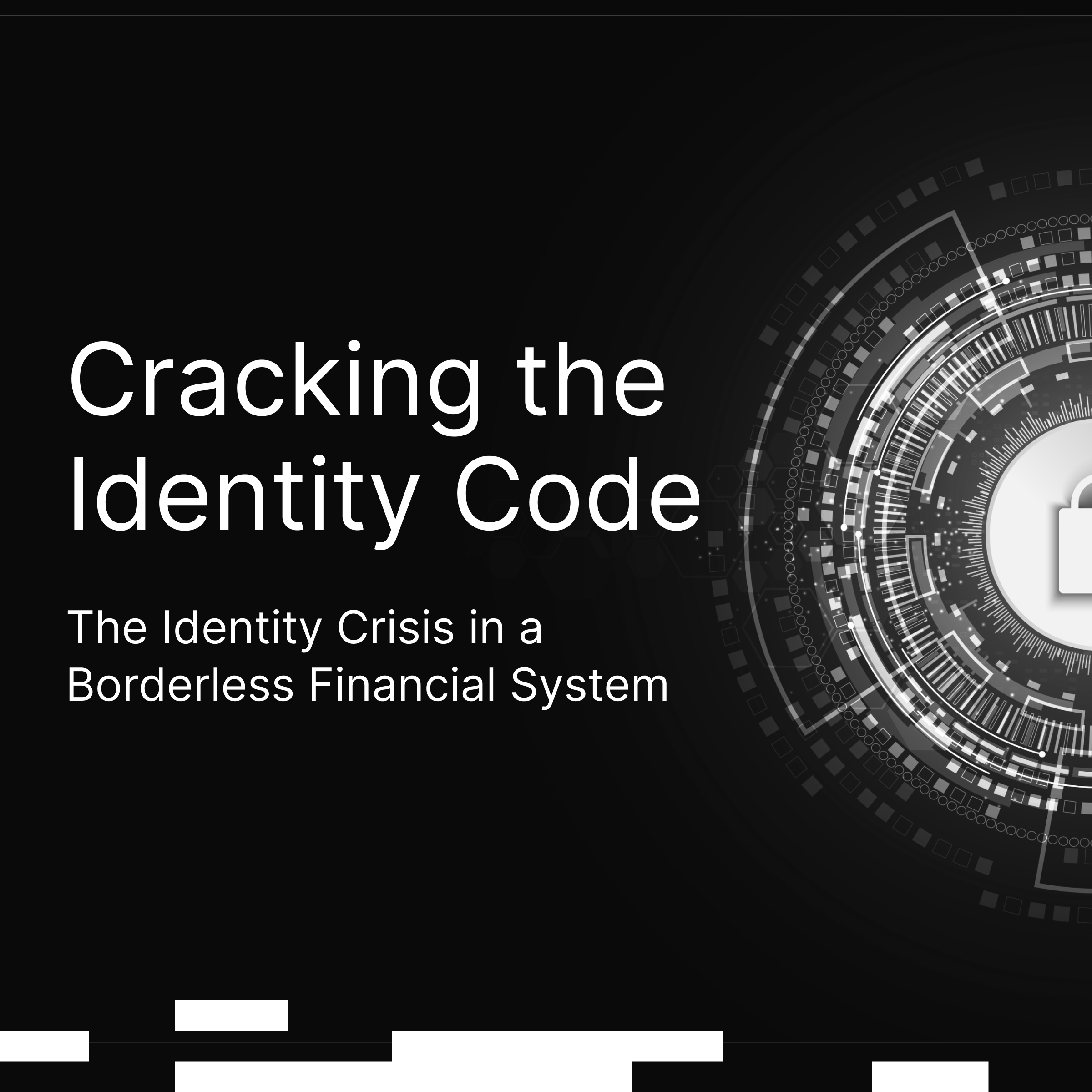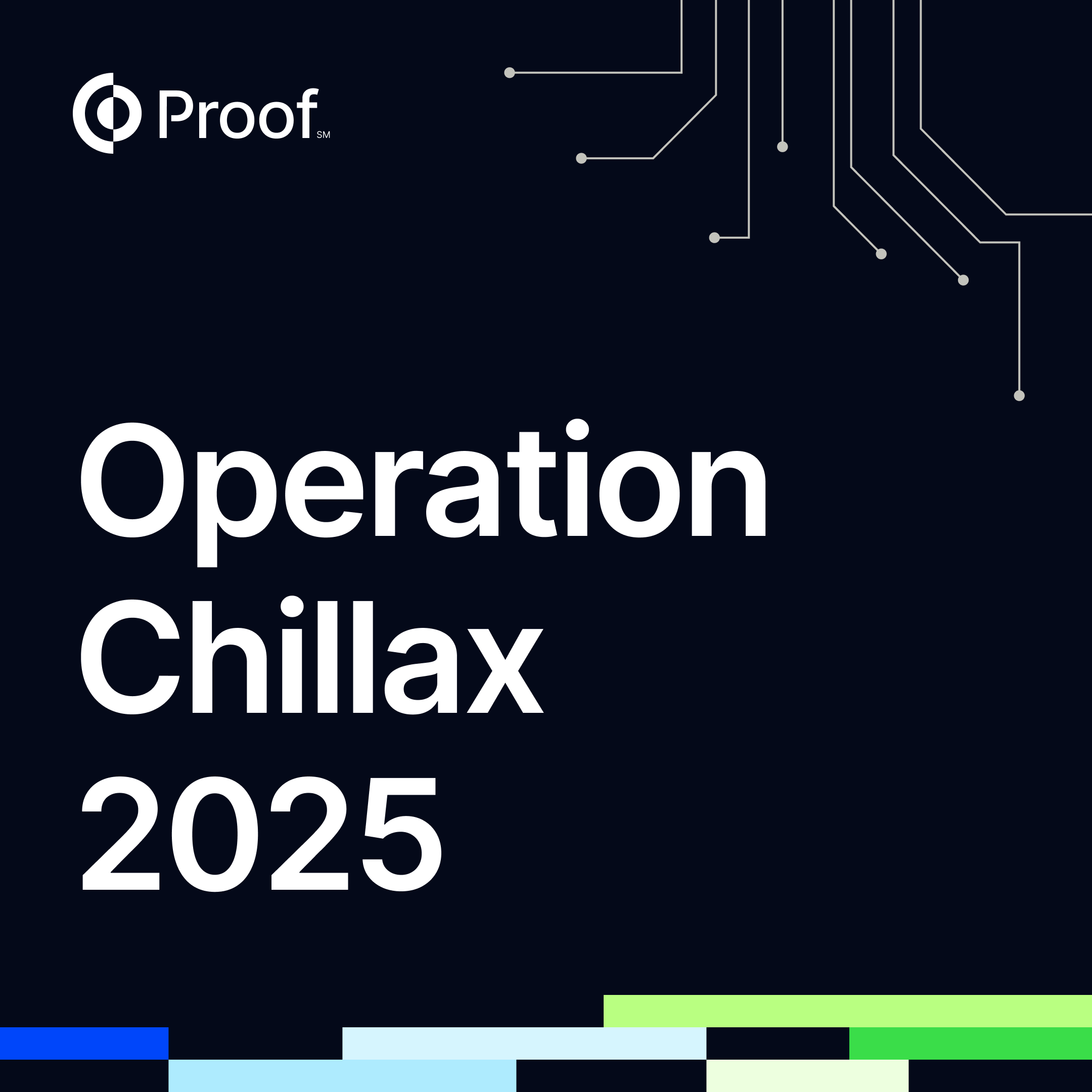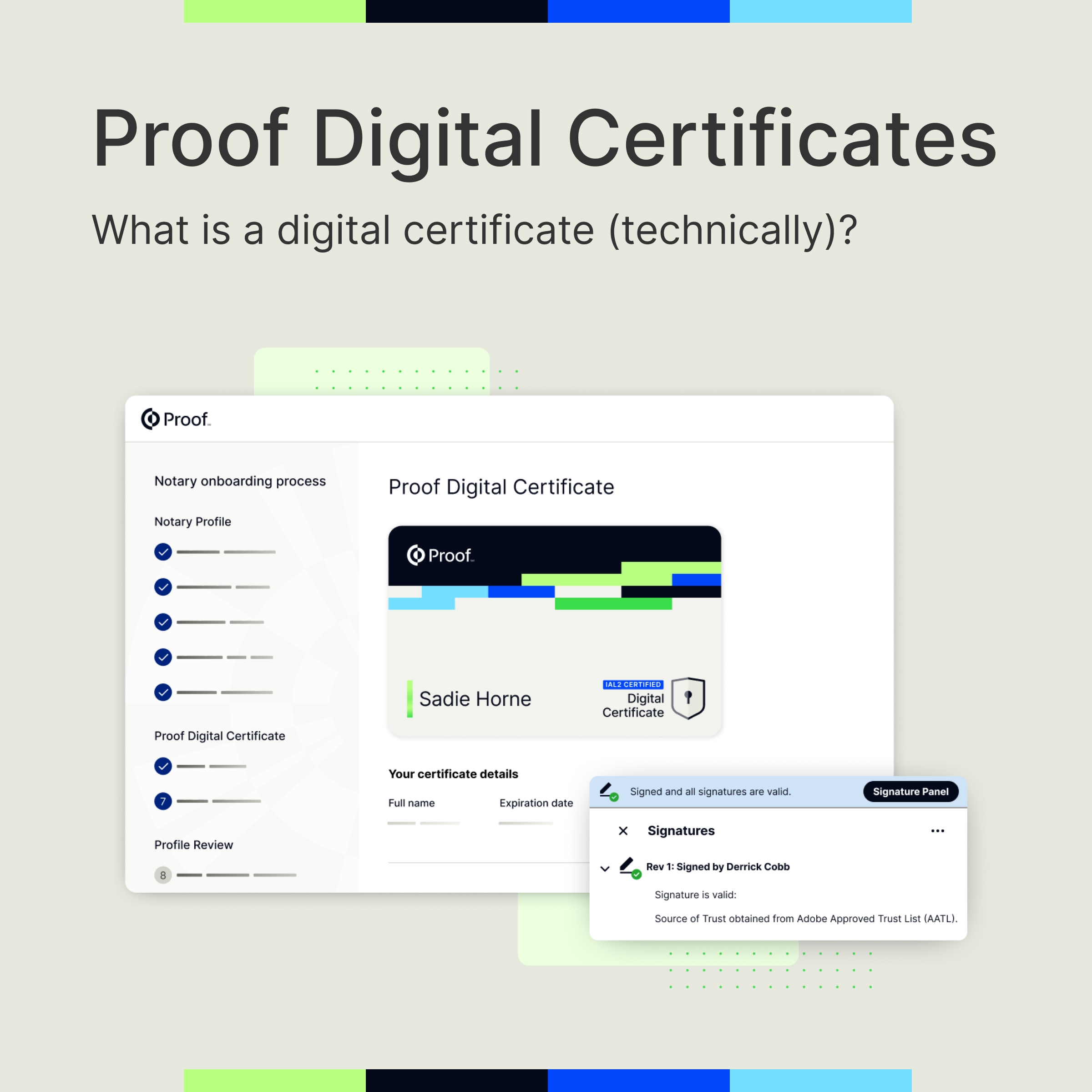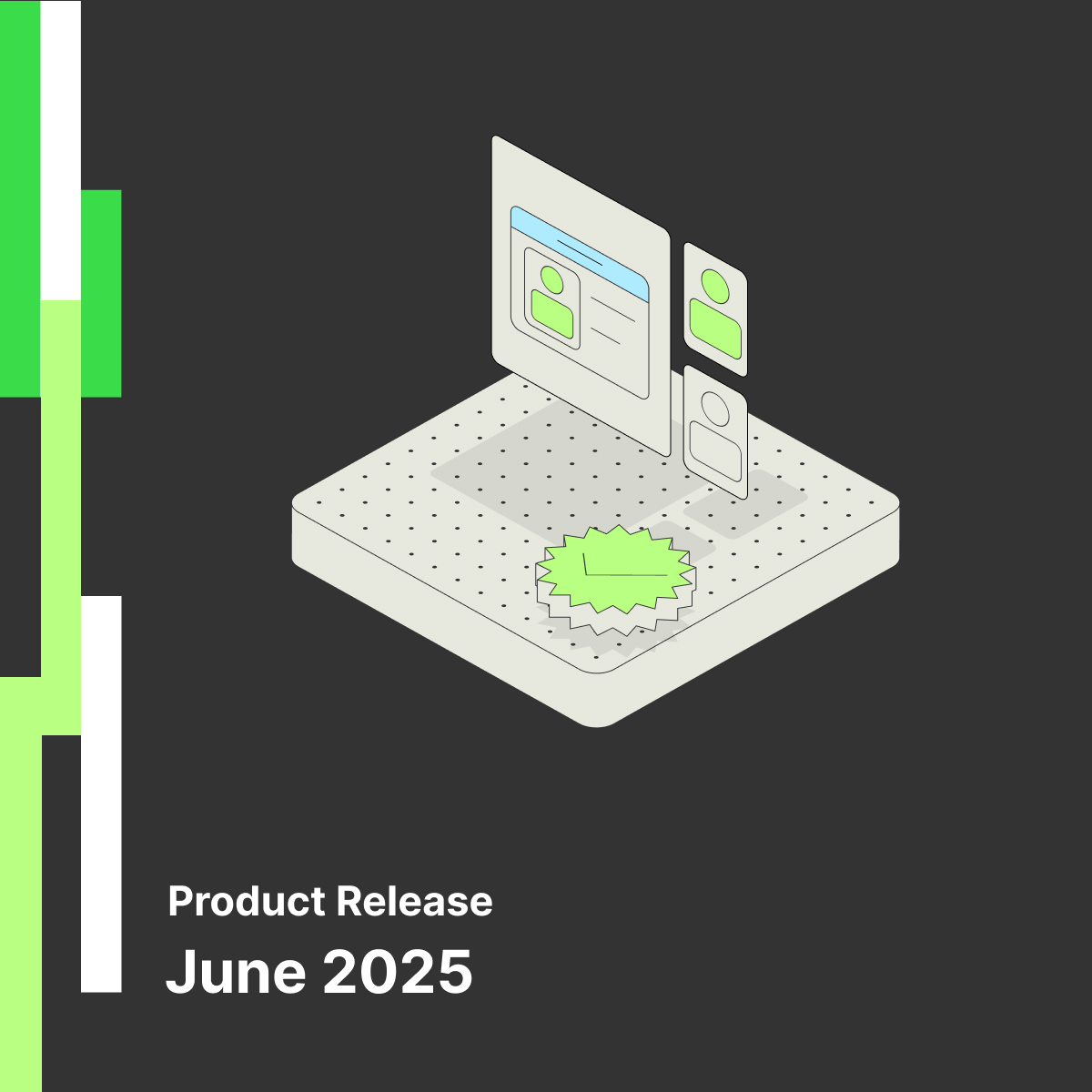The Trust Ledger: Why Identity Fraud Is Outpacing Trust - and What We Can Do About It

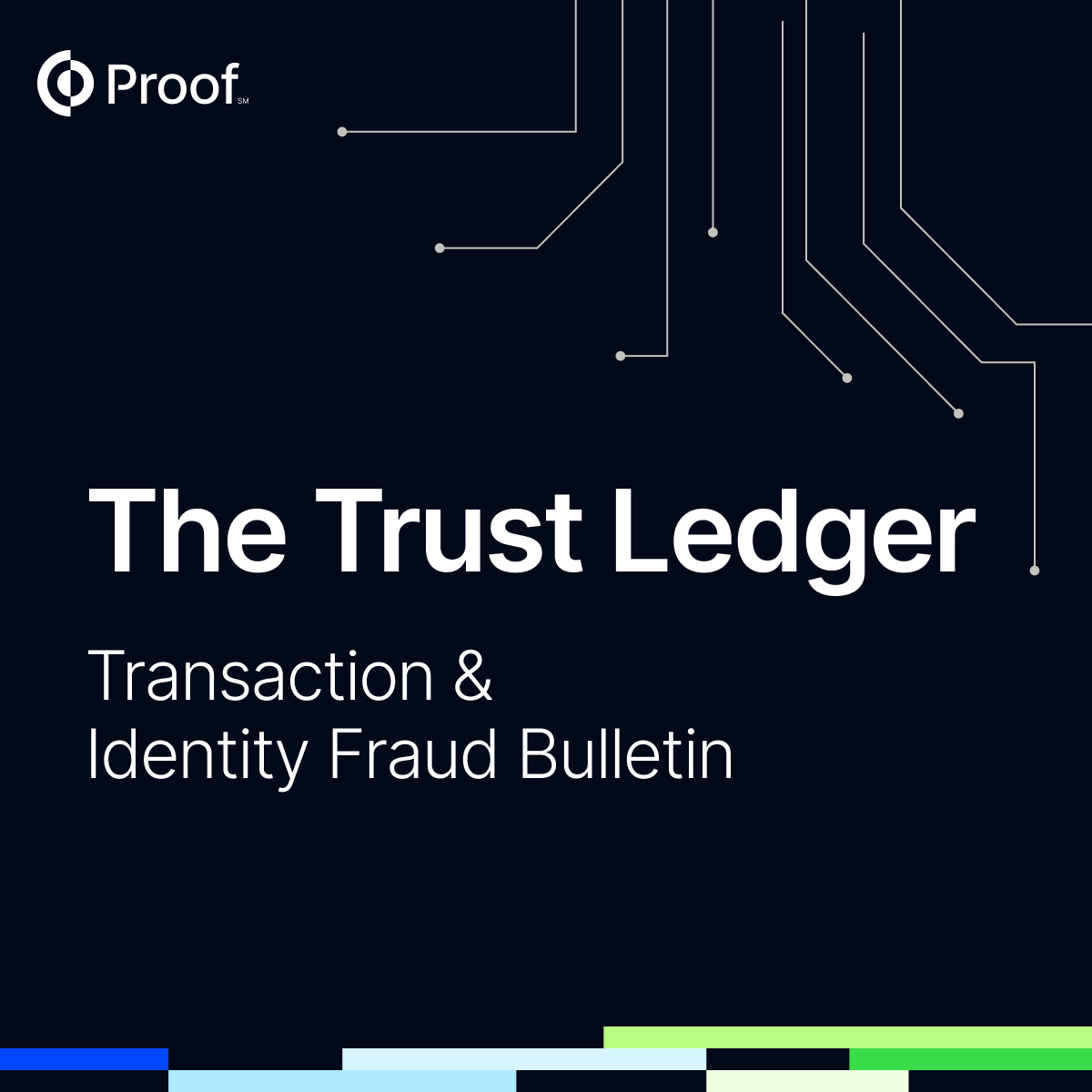
Trust used to be earned in-person. Now it’s stored in company silos.
In the early days of commerce, trust was a handshake, eye contact, or a reputation built over time. But today, nearly every interaction, from opening a bank account to signing a lease, happens online, without personal knowledge of the person you’re doing business with. And with every interaction, another opportunity emerges for a fraudster to impersonate your customer, and ask you to ‘trust’ them..
For the fraud fighters on the front lines (whether in compliance, cybersecurity, or customer experience), the question isn’t just how to keep up.
It’s how to get ahead.
That’s where The Trust Ledger: Transaction & Identity Fraud Bulletin comes in. Built from frontline data across Proof’s platform and research from industry leaders, the report unpacks how digital identity fraud is evolving in 2025 - and what it will take to respond in kind.
The Shift: Trust at the Edge of Every Interaction
Fraud isn’t just targeting finance anymore. It’s not limited to fake emails or suspicious phone calls. It’s happening everywhere - across real estate, healthcare, utilities, employment, and education. From employee hiring to customer onboarding to ongoing service, every moment of trust has become a potential attack surface.
What’s changed? In a word: scale.
The tools that fraudsters now use are automated, AI-driven, and easily accessible. Deepfake voice calls and fake IDs aren’t niche anymore.They’re cheap, convincing, and available on demand. What once required technical skill or insider access, now only requires a download and a prompt.
This new reality has forced a fundamental shift in how businesses think about trust. It’s no longer enough to verify a user once. Identity must be continuously proven, monitored, and re-evaluated without adding unnecessary friction for legitimate customers.
But even knowing that, many organizations are struggling to adapt. Because while fraud is moving fast, our defenses (and policies) are still playing catch-up.
Why Legacy Tools Are Falling Short
For years, fraud prevention has been built on the idea that less friction equals better user experience. Businesses wanted to verify identities quietly, using as little information as possible, only when absolutely necessary.
But that mindset has created a fragmented ecosystem where personal data is constantly re-collected, credentials are overexposed, and verification happens too late in the process…if at all. In 2025, that approach no longer holds up.
The Trust Ledger emphasizes the importance of moving from reactive to proactive. From verification as a checkbox to identity as a continuous trust signal. From point-in-time defenses to adaptive systems that account for changing context, behavior, and risk.
This doesn’t mean subjecting every customer to unnecessary friction. It means knowing when to step up assurance, and doing it in a way that doesn’t compromise privacy or experience.
One strategy that’s gaining traction: high-assurance verification upfront, followed by reusable digital credentials that maintain trust across interactions. Done right, this allows real users to move seamlessly while keeping fraudsters out.
And that’s where modern platforms like Proof come in.
A Smarter, Stronger Approach to Fraud Prevention
Throughout the report, one theme is clear: businesses can’t win this fight with point solutions alone. The solution is a layered approach to fraud detection:risk signals, device fingerprinting, biometric matching, document checks, and behavioral cues working together.
It means being dynamic - choosing the right verification method based on risk, not guesswork.
And it requires humans in the loop when fraud is suspected. AI can spot patterns. But, people catch nuance. Especially when fraudsters are using AI themselves.
But perhaps most importantly, it requires rethinking where and how trust is built. Not just at login. Not just at signup. But throughout the customer lifecycle, especially in high-stakes workflows like loans, leases, or legal filings.
Proof’s own data shows that demand for this kind of verification is growing. In 2024, our platform verified millions of individuals, with 33% returning for additional identity checks. We believe this isa strong signal that users are willing to prove who they are, when it’s done right.
Join the Trust Conversation
Want to hear directly from the experts behind the report? Tune into an on-demand discussion with Proof and Liminal:
🗓️ The 2025 Trust Ledger: Transaction & Identity Fraud Webinar
📅 60 Minutes
💡 Insights from Proof’s Trust Ledger and Liminal’s latest research
Whether you're in compliance, cybersecurity, operations, or product, this session will arm you with the context and clarity to make better decisions.
The threats outlined in The Trust Ledger are real. They’re rising. And in many cases, they’re already here.
But there’s good news: organizations that prioritize trust - proactively, intelligently, and continuously - can get ahead. They can protect their customers, their reputations, and their bottom lines. Not by doing more of the same. But by doing it differently. Dig into The Trust Ledger to learn how you can build a fraud defense that’s engineered for what’s next.





















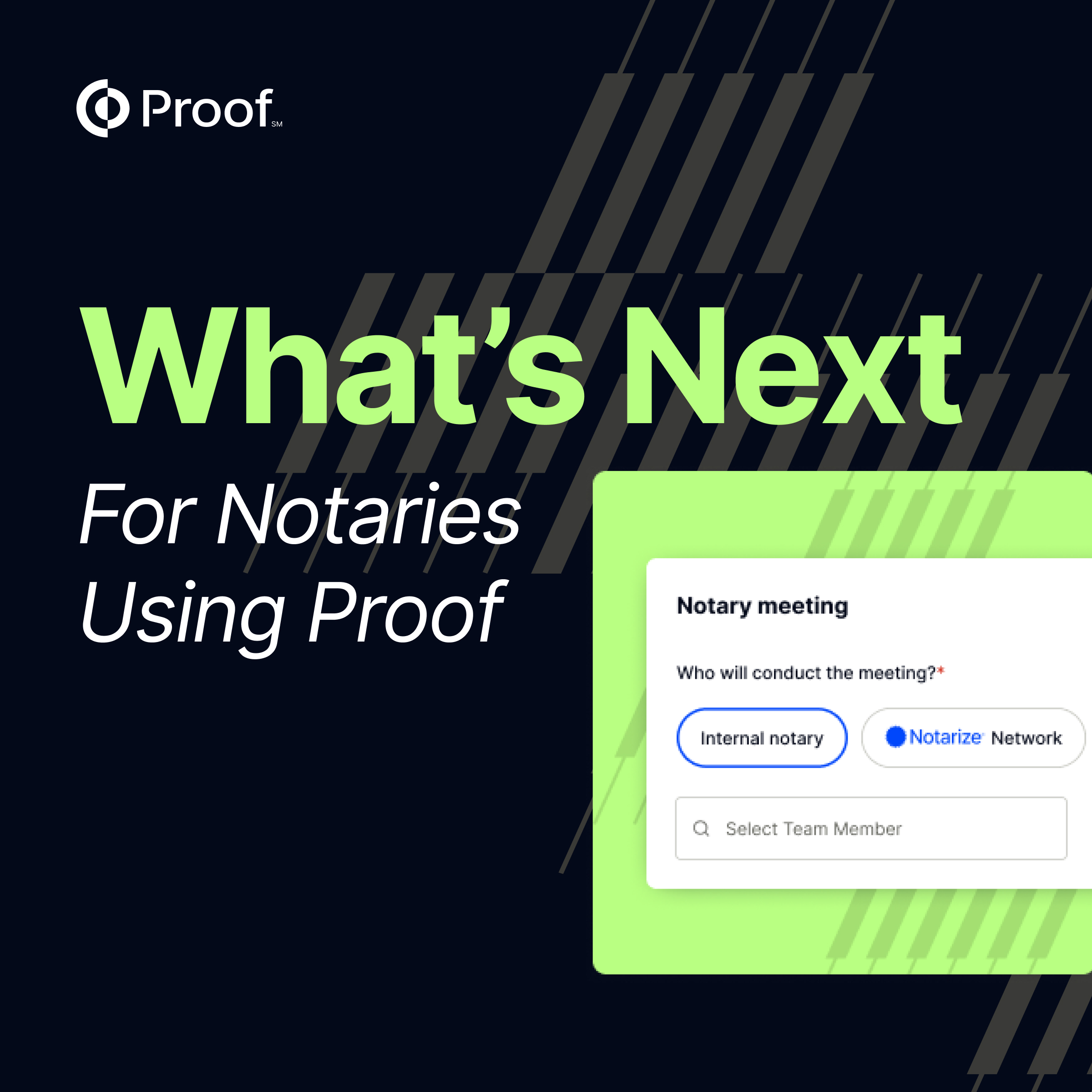


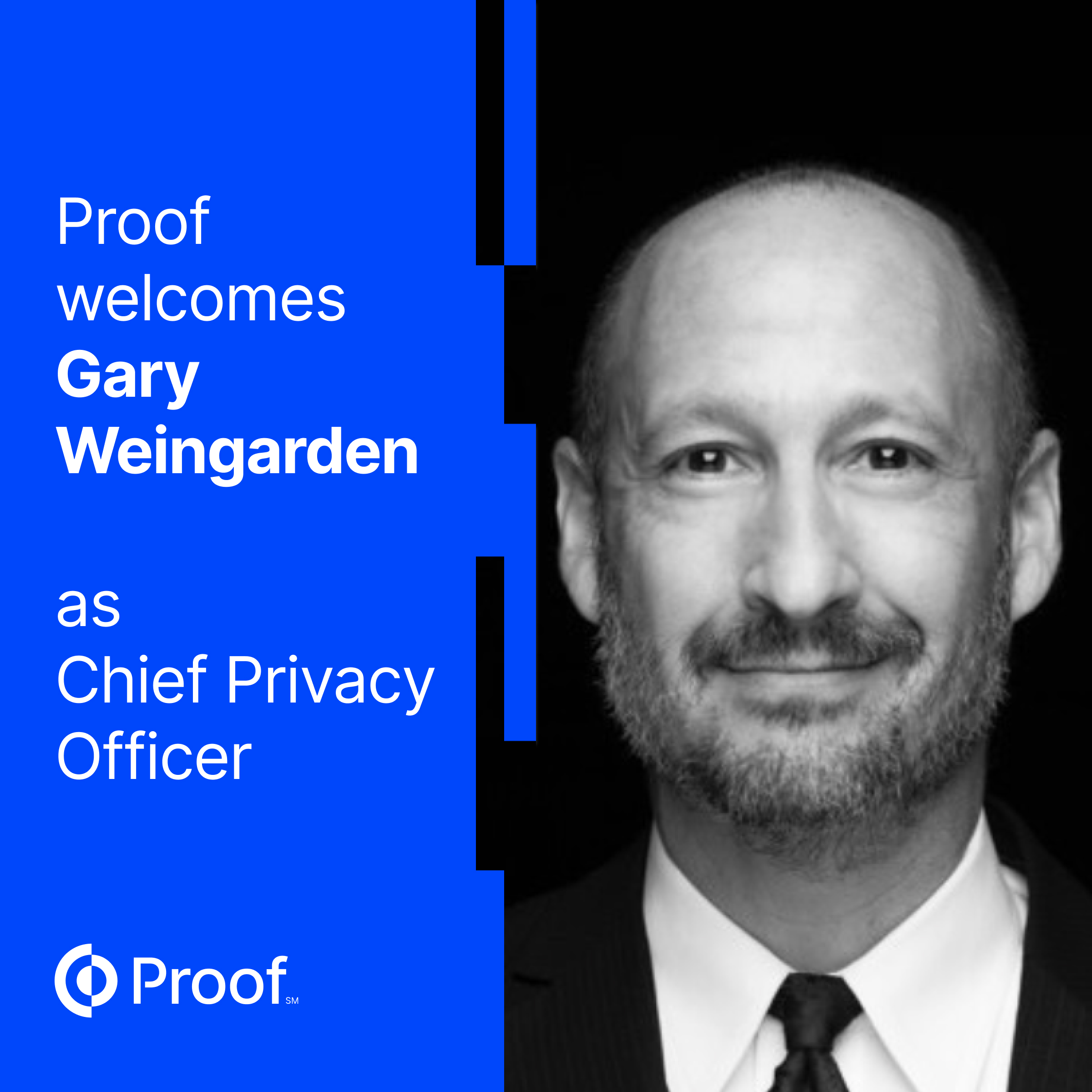


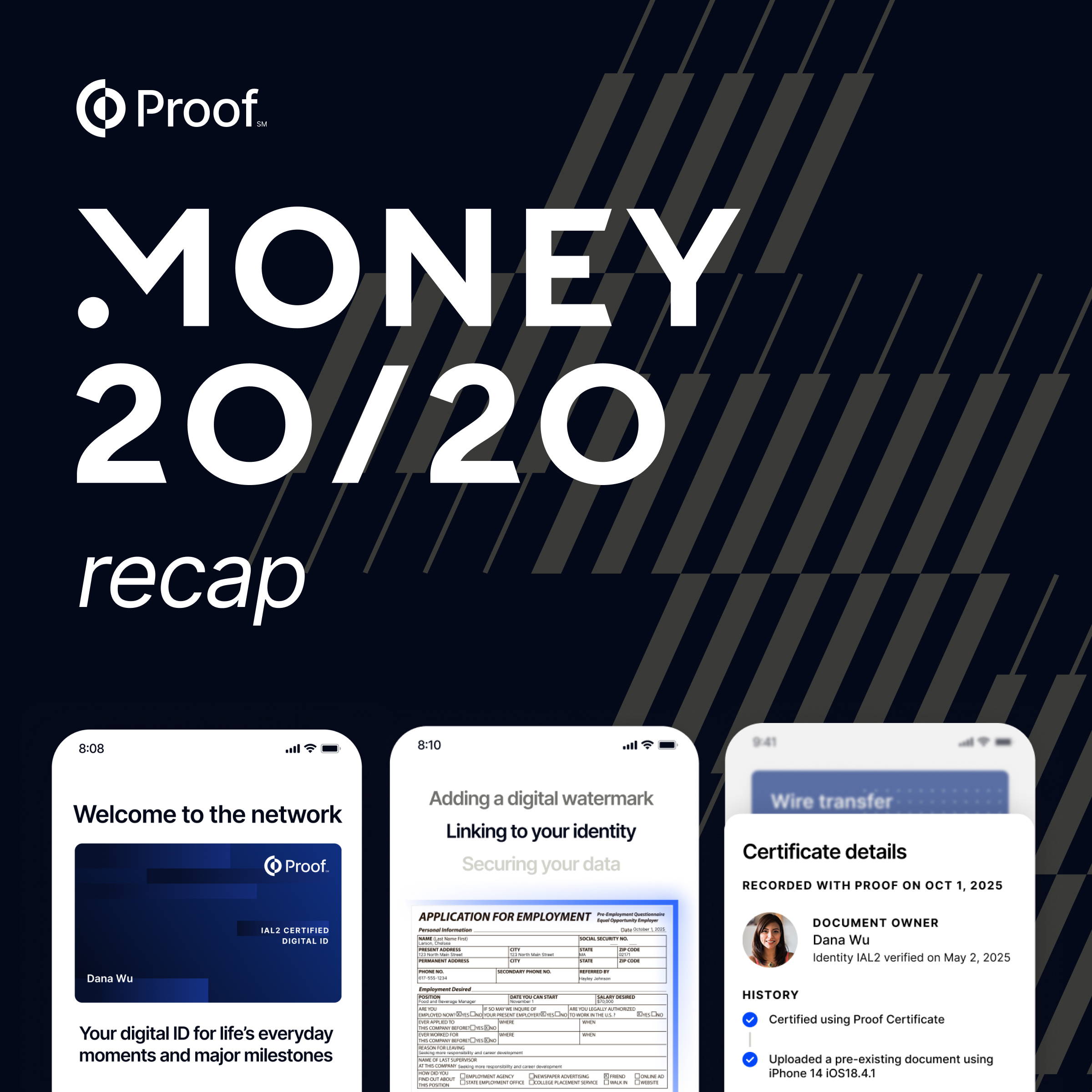






.png)


.jpg)
